Valuable lessons learned from the devastating 2019/20 New South Wales bushfire season
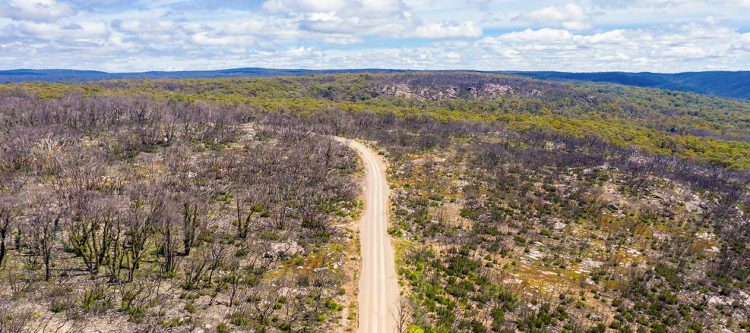
 In Australia’s most populous state, New South Wales (NSW), the 2019/2020 bushfire season was one for the record books. This is not, however, a fact to celebrate. With many lives lost, homes destroyed, and vast amounts of land and infrastructure damaged, there is a need for both recovery and healing, but also analysis to reduce loss in the future. With the current fire season underway, the lessons learned from bushfires’ past are of great value today.
In Australia’s most populous state, New South Wales (NSW), the 2019/2020 bushfire season was one for the record books. This is not, however, a fact to celebrate. With many lives lost, homes destroyed, and vast amounts of land and infrastructure damaged, there is a need for both recovery and healing, but also analysis to reduce loss in the future. With the current fire season underway, the lessons learned from bushfires’ past are of great value today.
Communications, equipment, planning, and redundancy are all areas where disaster response strives for continual improvement. In NSW, it’s no different. With the unprecedented nature of last season’s bushfires, maintaining electricity, communications networks, and expediting the restoration of lost services were all areas where there was room for improvement.
The NSW Rural Fire Service (RFS) has conducted a thorough review of the fires. They have produced a report and have made plans for the future based on their findings. Recently, The Last Mile sat down with NWS RFS’ Peter McKechnie to learn what they discovered.
Here is what Peter had to say:
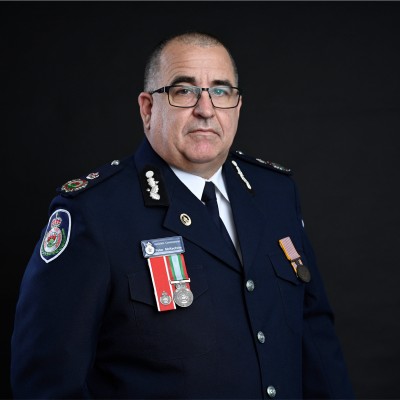 The Last Mile (TLM): Australia’s 2019-2020 fire season was its worst in recorded history. For our readers outside of Australia, how did the unprecedented scale of the bushfires impact NSW firefighters on the ground?
The Last Mile (TLM): Australia’s 2019-2020 fire season was its worst in recorded history. For our readers outside of Australia, how did the unprecedented scale of the bushfires impact NSW firefighters on the ground?
Peter McKechnie: First of all, our thoughts will forever be with the families and loved ones of all those who lost their lives. In total, twenty-six lives were lost, including those of four NSW RFS volunteers and three U.S. aerial firefighters. We also saw more than 2,400 homes destroyed.
The 2019/2020 NSW bushfire season came on the back of a prolonged drought and was unparalleled for NSW in terms of conditions experienced, the loss of lives and property, and the threat to communities across large parts of NSW.
Firefighters responded to more than 11,400 bush and grass fires that burnt more than 5.5 million hectares of land across NSW, or over 6.8 percent of the total state and close to 70 percent of the forested area – the largest area burnt in a single fire season on record for Eastern Australia.
The NSW RFS was supported in the firefighting efforts by personnel from Fire and Rescue NSW, National Parks and Wildlife Service, Forestry Corporation of NSW, State Emergency Services, NSW Police Force, the Australian Defence Force along with numerous other agencies, contractors, and community members. There were also more than 5,600 interstate and international deployments of fire and emergency personnel.
TLM: Network outages and cell tower failures were widely reported during the bushfires, making it difficult for Australians to receive emergency warnings and communicate with friends and family. Did these outages also disrupt first responders using Australia’s Public Safety Network and other private mobile radio networks? What kinds of backup systems were in place at the time?
Peter McKechnie: The agencies constantly work together to build a high level of reliance into fixed government infrastructure to maintain the continuity of services. All facilities are built with redundant linking servers to mitigate single-site failures, onsite batteries to provide teams with sufficient time to attend the site and apply generators or other technologies to maintain services, provision sites with solar technologies to allow for sites and facilities to operate without mains power.
At the local incident management team level, the NSW RFS also works with local government and energy providers to maintain and restore services. There are also technical teams who undertake field works to manage the communication networks. These teams work with supporting agencies to plan the rapid deployment of radio repeaters and other solutions to facilitate coverage of services in support of firefighting operations and further the deployment of temporary telecommunication services in support of the community.
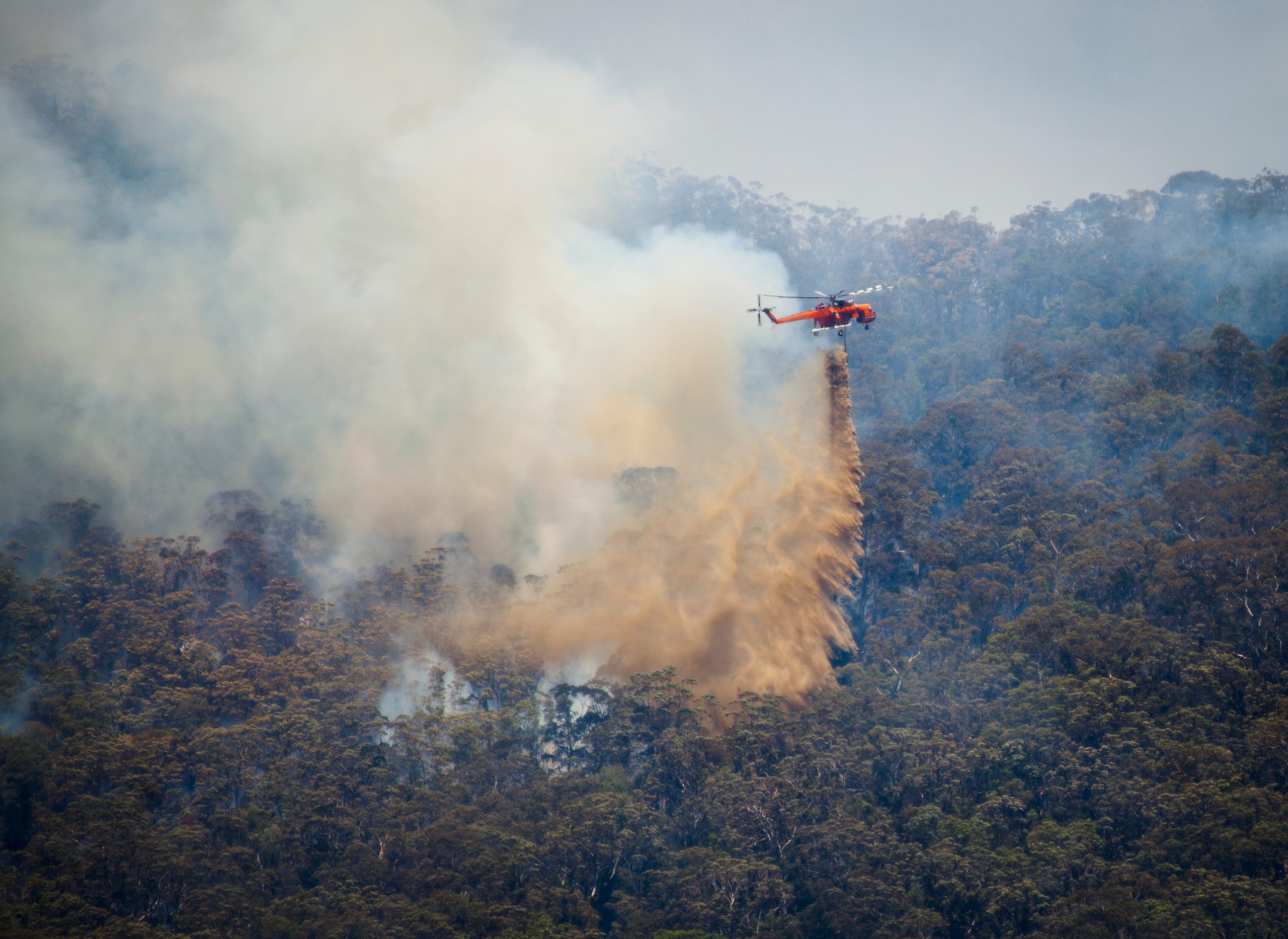
The NSW RFS has a number of portable power generation assets, radio repeater assets, replacement spares, and equipment strategically stored across the state ready for the field team or other emergency services who can rapidly deploy to again ensure the continuity of services.
TLM: The bushfires challenged many conventional assumptions in the science and nature of how fires spread, and also in how to fight them. Was there a moment in the last season when you realized that the situation was much different than anything else in recent history? In hindsight, how would you approach communications planning differently?
Peter McKechnie: The 2019/20 Australian East Coast fire season was unprecedented in many ways. A few, of many, details can illustrate the intensity of this season. Starting on November 12, 2019, the Greater Sydney Region received a Catastrophic Fire Danger rating – the highest fire danger rating possible. It was the first time since the new fire ratings were introduced in 2009 that catastrophic conditions had been forecast for Sydney.
Then on December 31, 2019, there were several fires in NSW which triggered fire-initiated thunderstorms, called pyro cumulonimbus thunderstorms, in the Dunns, Badja, and Currowan area fires. The Dunns Road fire spread 80km in just over one day. The Badja Forest Road fire travelled 36km downslope in twelve hours.
TLM: In July 2020, the government of New South Wales published a formal Bushfire Inquiry that provided a comprehensive view of the response as well as recommendations for improvement moving forward. Communications were a central piece of the report. What were the biggest takeaways from your perspective, and what are your top priorities in the short and long term?
Peter McKechnie: Where fires burn near or across state borders, there is a need for border communities to receive consistent information. We have therefore worked with agencies from across the country to harmonise the national fire danger rating system to provide the same colours and warning levels no matter where in Australia you are to avoid confusion.
To facilitate better communications with heavy plant and regional community members, we have undertaken a four-year program to standardise the inclusion of additional capabilities in UHF CB radio in all appliances – such as fire trucks and tankers – ensuring the NSW RFS is able to directly communicate with regional community members.
TLM: No matter how much planning is in place, every public safety leader also knows that emergency incidents are inherently unpredictable. How do you plan for the unplannable aspects of emergency response? Any best practices or advice to share with our readers?
Peter McKechnie: Emergency response is made easier by proper preparation among residents and communities – it is in effect, a shared responsibility. A community that understands its own risk of bushfire and knows how to make a bushfire survival plan is an important asset when it comes to emergency response and dealing with the unexpected.
The NSW RFS has used behavioural science to design public awareness and community engagement campaigns, with the aim of assisting the community to be better prepared for bushfires. Behavioural science is a body of work which when applied to public policy, can encourage and ‘nudge’ people to take positive action for their own safety.
TLM: The report includes several recommendations to improve firefighter accountability and safety, especially when terrestrial communications networks are unreliable or completely unavailable. What new gear and communications equipment would you like to see implemented ahead of the next mega-fire?
Peter McKechnie: The NSW RFS is currently undertaking a number of bodies of work across the spectrum of technology, not only in the field but across the spectrum of the portfolio of servers.
As an example, we are implementing software to enable members to be better informed of a need to attend the station either for training or response, undertaking work that will lead to deploying a Mobile Data Terminal Capability within the operational fleet with the overall aim to increase firefighter situational awareness and greater access to the incident as it processes through the life cycle.
In addition to the technology deployment the NSW RFS is working in partnership with the NSW Telco Authority and partner emergency service agencies in the trial of technologies that can leverage multiple Terrestrial l and non-Terrestrial – LMR, 3G,4G,5G, and Satellite – bearers with the aim to provide highly available connectivity to firefighters to ensure they are able to effectively communicate with the local management teams.
Our teams are also in the process of constructing a number of portable assets with satellite technology which will enable the NSW RFS to rapidly deploy supplemental or replacement coverage to the fireground during an emergency event.



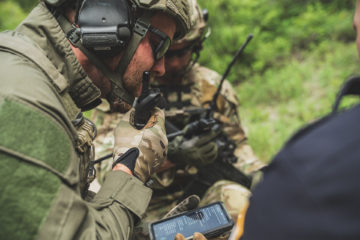
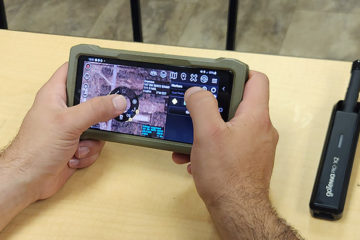


No Comment